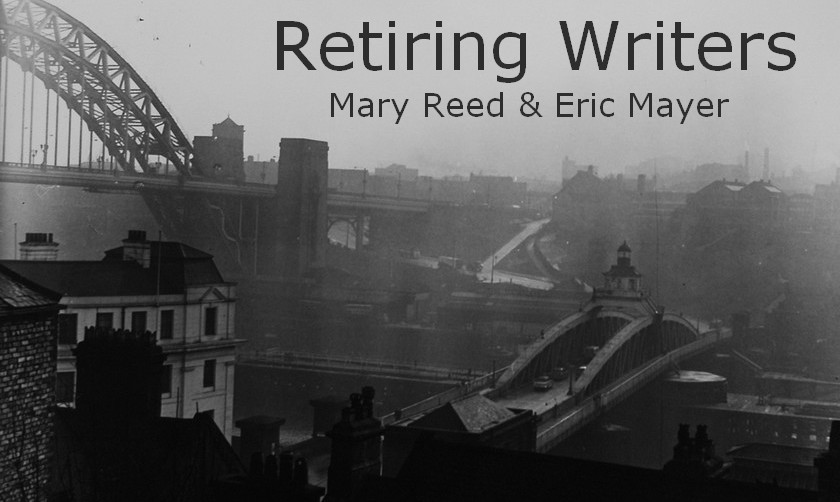According to a recent survey the most annoying Christmas song in America is Mariah Carey's All I Want for Christmas is You. I'm not sure I've heard the song, but if I did I would probably be annoyed. It's not that I find Christmas music irritating in itself. What annoys me is its ubiquity.
Beginning some time around Thanksgiving, no one can escape being aurally drenched in Christmas spirit no matter where they go or what they do. Television and radio are as full of musical cheer as overstuffed stockings. The radio station I listen to in the car adopts an all Christmas playlist. Last week the supermarket played tunes about Santa and sleigh rides instead of the usual sixties hits. (Man, I never imagined I'd ever be old enough to actually enjoy store muzak. Bummer.)
Mind you, Christmas music is fine in moderation, at the right time, under the right circumstances. When I lived in Brooklyn WPIX Channel 11 broadcast a burning Yule log accompanied by Christmas music for several hours Christmas Eve. You can find that Yule log and imitators all over YouTube. The crackling fire on my computer monitor produces as much warmth as my black and white television set did. Quite pleasant, actually.
My first, and all time favorite, holiday song is, of course, The Chipmunk Song (Christmas Don't Be Late) released in the fall of 1958. Alvin wanted a hula hoop, the big fad at the time. I already had a hula hoop and could use it without risking throwing my back out, which shows how long ago that was.
The second best Christmas song, I am sure you'll agree, is the Three Stooge's version of I Want a Hippopotamus for Christmas with its brilliant witty word play. Would you say it is more reminiscent of Oscar Wilde or Noel Coward?
Granted I may be prejudiced by having encountered those songs at a young age. Maybe youthful exposure also explains why I hate, hate, hate Little Drummer Boy. Talk about tedious and repetitive. "Pa rum pum pum pum"? Honestly? And someone says rock 'n' roll lyrics are ridiculous. Anyway -- Pa rum pum pum pum -- Oh no! -- Pa rum pum pum pum -- Now I have it in my head! -- Pa rum pum pum pum -- (Oh, the sacrifices one makes to write newsletter essays....)
Probably for the same reasons I'm not fond of the pop choral versions of carols because my parents owned too many Ray Coniff records. Later I preferred the more modern approach exemplified by Phil Spector's famous Christmas album, although it's hard to listen to it today without thinking about Spector's subsequent history. The same is true of John Lennon's Happy Xmas (War is Over) one of my favorites but with sad associations.
It's become increasingly common for modern artists to supplement the traditional Christmas songs with new compositions. (Also the case with mystery books!) Only a few will enter the canon to be played year after year as Lennon's has, something I wouldn't have imagined when it first came out. At Christmas there's always talk about peace and goodwill but it is all rather abstract, part of the holiday spirit. To actually call for peace, right now, in the world we live in, is seen by too many as some sort of political statement.
My favorite Christmas collection, which has become a tradition for me since it was released in 1979, is Light of the Stable by Emmylou Harris, traditional carols with some modern songs mixed in. Alas, it does include Little Drummer Boy but since it's Emmylou Harris I suppose that will have to be forgiven. Pa rum pum pum pum. Pa rum pum pum pum.
Or maybe not!
